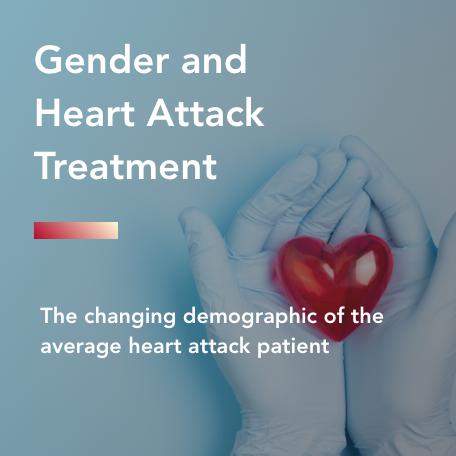
Pulseless ventricular fibrillation or Vfib, and ventricular fibrillation with ventricular tachycardia are both fatal dysrhythmias which do not produce any detectable pulse
Vfib is commonly the first dysrhythmmia in heart attack patients and tends to revert to asystoles if not treated within a short period of time. The first symptoms of Vfib include a rapid beating heart beat. These rapid beats are the result of ventricular contraction in response to a stimulus which is usually a change in the ventricular venous pressure.
The stimulus usually causes the ventricles to contract in one of two ways. Either the stimulus is a change in heart rate or a change in the direction of the ventricular wall. Both of these stimuli cause a sharp increase in the voltage of the ventricular wall and an increase in the frequency of ventricular contractions. As the intensity and frequency of these contractions increase, the pressure on the walls of the ventricles also increases. This is due to an increase in the size of the ventricular wall and an increase in the total mass of the ventricular chamber.
When Vfib occurs, it causes the ventricles to contract so violently that the ventricular cavity is not completely destroyed, but the walls of the ventricular cavity are damaged enough to prevent normal ventricular contractions. This leads to the fact that the heart cannot pump blood to the brain, which is the cause of many deaths.
The condition is so serious that it requires immediate medical attention. If left untreated, it can lead to cardiac arrhythmias (a condition in which the heart beats too fast, causing a decrease in heart rate and an irregular rhythm) or even fibrillar atony of the ventricles or ventricular tachyarrhythmias. These conditions can lead to death in most patients who do not receive treatment.
Patients with this condition may have symptoms such as excessive sweating, nausea, vomiting, dizziness, choking, or chest pain. Some patients even experience periods of loss of consciousness and fainting. Some of these patients may even pass out and die in their sleep. However, due to the severity of the condition, these symptoms are commonly mistaken for symptoms of other conditions, causing confusion among emergency medical personnel and further delays in receiving treatment. You will learn how to comprehensively treat heart disease on the website https://ihealzy.com/.
In addition to being able to stop the contraction of the ventricles, it is possible to prevent them altogether. If you experience any of the symptoms of Vfib, you should seek immediate medical attention.
If Vfib is suspected, your doctor may order a heart massage, cardiovascular specialist, ventricular pacemaker, or ventricular fibrillation. After you receive treatment, your doctor will likely run tests to determine the cause of the condition and then recommend treatment.
For most heart attacks, Vfib does not cause death, but it should be recognized and treated immediately. Be aware that in rare cases, Vfib can be fatal.
There are several causes of this condition and none of them are harmful to the heart or the lungs – but it can occur at anytime, causing an immediate heart attack. So if you or someone you know feels like they might have a heart attack, they should immediately consult a doctor.
If a heart attack is suspected, you should first see your family doctor, who may check for coronary artery disease or other risk factors, before recommending treatment. A physician may order a diagnostic test to look for abnormal heart rhythms, such as T-wave or PR interval.